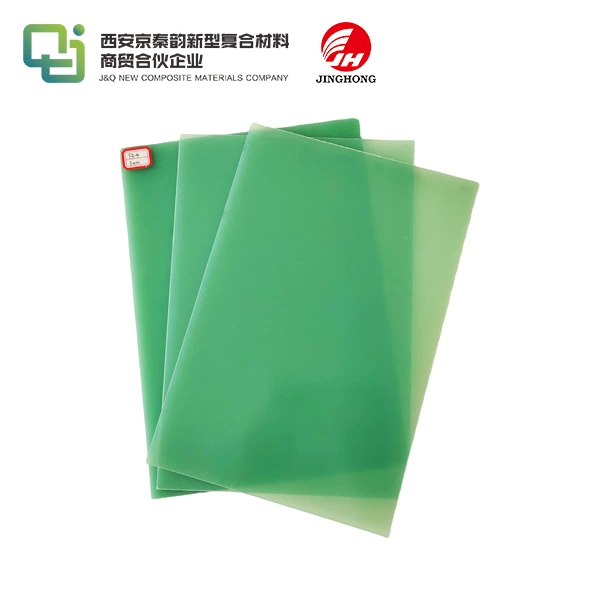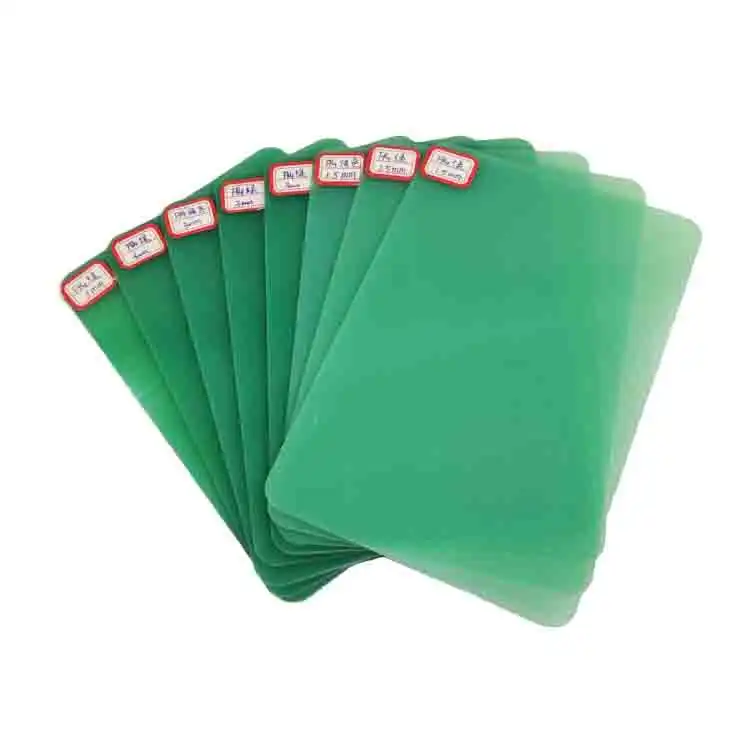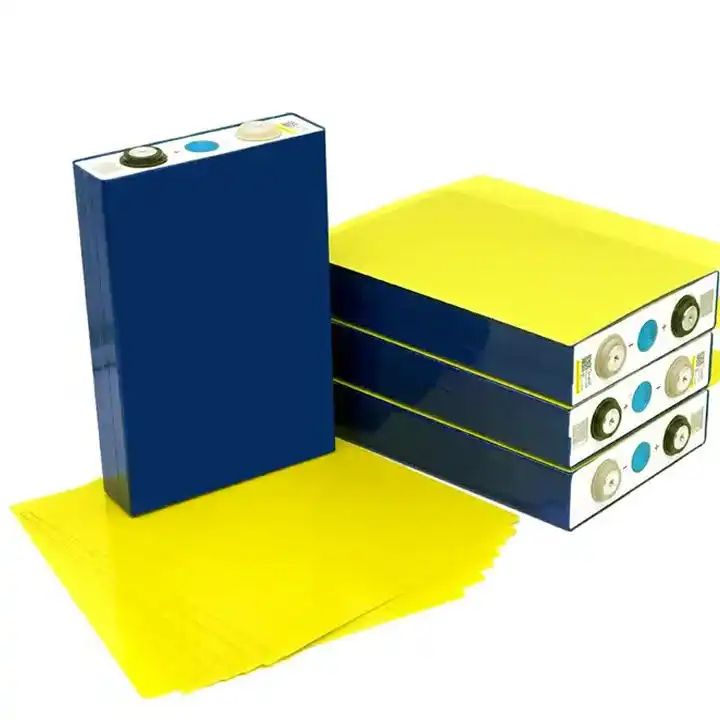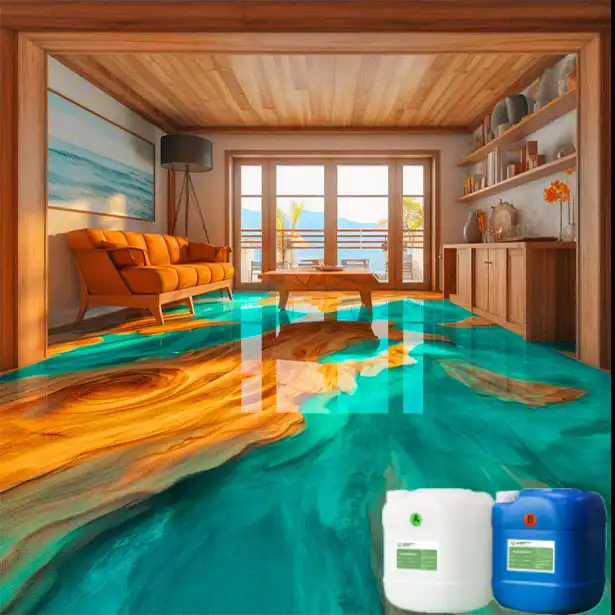Common Problems Encountered in Making River Tables
2023-08-01
The process of making a river table may seem simple, but in reality, there are many small details involved in the production process. Failure to do a good job can lead to many undesirable results. So let's take a closer look at the small details of the river table production process.
The most common problem is that the glue on the river table cannot solidify after being filled with glue. There are several reasons why curing cannot be achieved:
1. The Epoxy Resin For River Table adhesive was not mixed according to a strict weight ratio. Many people overlook that the ratio of A/B adhesive is weight ratio, not volume ratio. The density of AB adhesive is different, so its weight is not equal in equal volumes.
2. The A/B adhesive was not fully mixed evenly. If the mixed glue is not thoroughly stirred and evenly mixed, use a stick to pull up the glue, and you will see obvious white threads inside, which is the manifestation of A/B glue not being mixed.
3. Excessive humidity in the air or moisture in the glue. During the process of preserving glue and making river tables, try to keep the air dry to avoid glue spoilage.
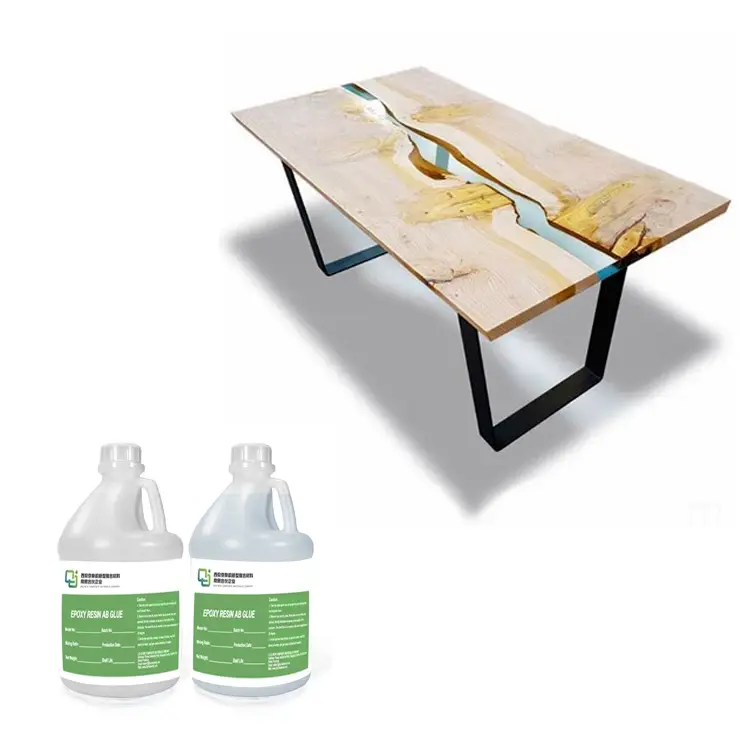
Another common problem is the presence of bubbles in the glue. There are several phenomena and solutions for bubbles:
1. When mixing the Casting Resin, the stirring force is too strong, which causes a large amount of air to enter the middle or bottom of the glue and cannot be naturally discharged. Therefore, try to avoid using too much force during mixing. If using a mixer to stir, it is necessary to pay attention to the speed of the mixer not being too fast. Try not to change the direction of mixing.
2. After mixing, there are many small bubbles in the glue, which is a normal phenomenon. Just let the glue stand still for 15-20 minutes, and the glue will automatically float up. Industrial air ducts or fire guns can be used to eliminate surface bubbles.
3. Bubbles appear inside the adhesive during the solidification process after pouring. There are two aspects to this situation. One is that during the solidification process of the adhesive, it will react and generate heat, leading to the formation of bubbles in the adhesive. The other is that the wood has not been properly sealed before filling, and there are pores in the wood, allowing air to enter the adhesive from the wood. In both cases, only a toothpick or other object needs to be inserted into the adhesive before it has fully solidified to eliminate the bubbles.
The most troublesome issue is glue leakage. The reason for the glue leakage problem is simple, it is that the sealing is not done properly. The uneven wood, the lack of proper sealing at the bottom with glue, and the lack of proper sealing at the bottom of the fence around the mold can all cause glue leakage. In practical operation, it is not always possible to do a good job in sealing, so how can we remedy if the glue seeps out?
Wipe off the leaked glue with a tissue and seal the gaps which can solidify in glue, making it very suitable for repairing adhesive leaks. Some people may ask, is it okay to use glass glue to repair it? In fact, glass glue is not suitable because it cannot solidify in water.
A few people may experience explosive aggregation problems due to excessively thick glue filling. The problem of explosive polymerization is caused by the high room temperature, the thick thickness of the cut and filled adhesive, and the internal reaction releasing heat, which prevents the heat from being discharged from the adhesive. If color powder is mixed in the glue, the explosion phenomenon is generally not very obvious and does not affect the normal use of the river table. But if toner is used in the glue, then if explosion occurs, the glue can only be knocked off. Therefore, it is important to control the room temperature during the process of making a river table. The thickness of the resin glue for the river table is about 3-5 cm at a room temperature of 25 degrees Celsius. If it is made outdoors or with iron boron in summer, it is recommended to apply the glue in stages, with a thickness of about 3 cm at a time.

